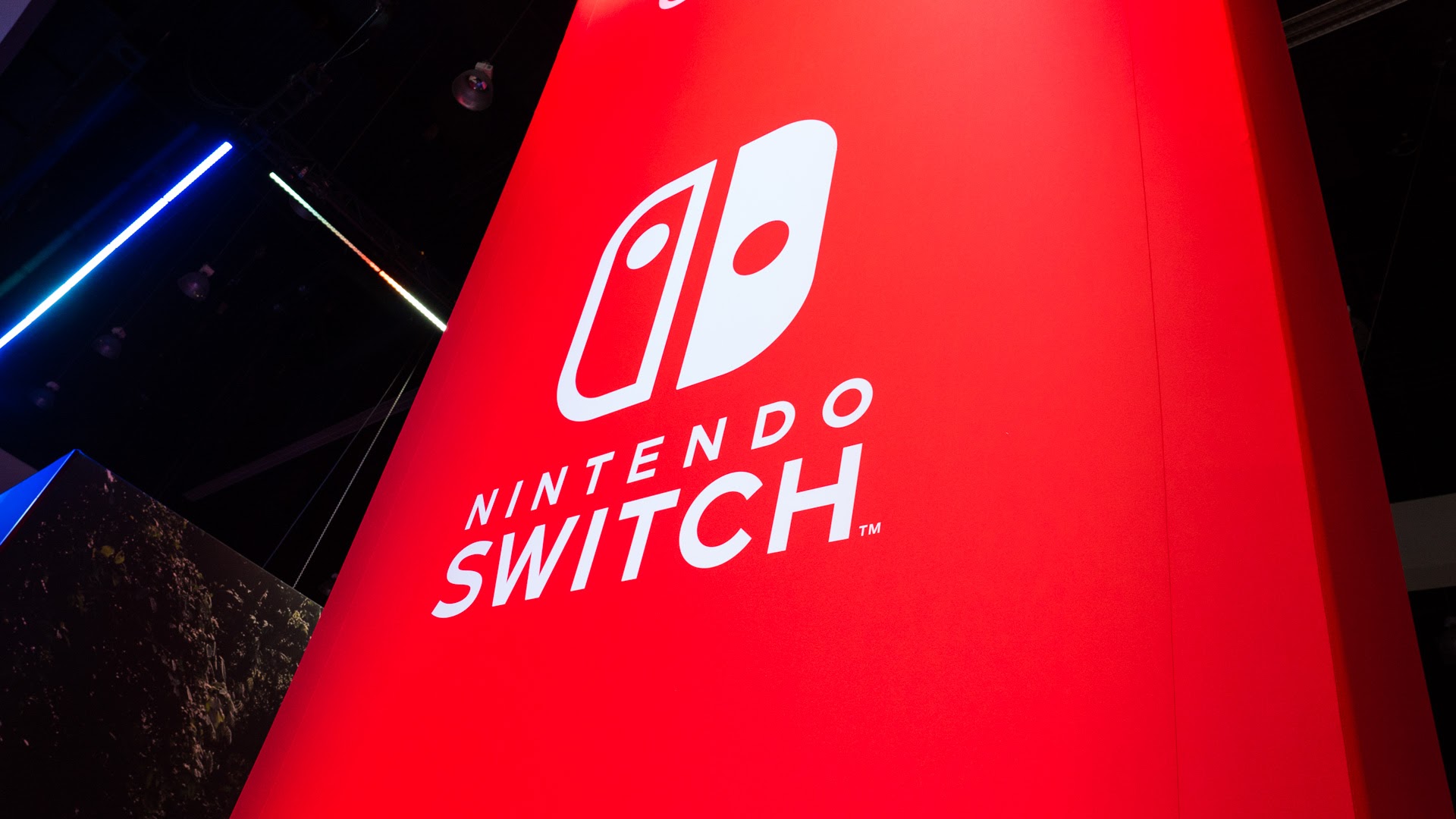
LEDs, or light-emitting diodes, have revolutionized the way we illuminate our world. These small, energy-efficient lights are omnipresent in our lives, from the screens of our smartphones to the headlights of our cars. The science behind LEDs is fascinating, and their impact on technology and sustainability is profound. In this article, we will delve into 11 intriguing facts about LEDs, shedding light on their history, functionality, and diverse applications. Whether you're a technology enthusiast, an environmental advocate, or simply curious about the world around you, these facts will illuminate the incredible story of LEDs. So, let's embark on a illuminating journey to uncover the brilliance of LEDs.
Key Takeaways:
- LED lights can last for years, up to 25 times longer than traditional bulbs. This means less hassle and cost for replacements, making them a smart and low-maintenance choice for lighting.
- LED lights are super energy-efficient, using up to 90% less power than old-fashioned bulbs. This not only saves money on electricity bills but also helps the environment by reducing carbon emissions.
LEDs Can Last for Years
LEDs have an incredibly long lifespan, lasting up to 25 times longer than traditional incandescent bulbs. With an average lifespan of 25,000 to 50,000 hours, LEDs can serve for years without needing replacement, making them a cost-effective and low-maintenance lighting option.
LEDs Are Energy-Efficient
LEDs are highly energy-efficient, consuming up to 90% less power than incandescent bulbs. This means that they can convert a higher percentage of energy into light, resulting in significant energy savings and lower electricity bills.
LEDs Produce Less Heat
Compared to traditional lighting options, LEDs generate very little heat while illuminating a space. This not only reduces the risk of burns or fires but also helps in maintaining a cooler environment, especially in areas with a high concentration of lighting fixtures.
LEDs Are Environmentally Friendly
LEDs are free from toxic chemicals and are 100% recyclable. Additionally, their long lifespan and energy efficiency contribute to reducing carbon emissions, making them an eco-friendly lighting solution.
LEDs Have Rapid Switching Capabilities
LEDs can be switched on and off rapidly without affecting their lifespan or light emission. This feature makes them ideal for use in applications that require frequent switching, such as traffic signals and vehicle brake lights.
LEDs Are Durable and Shock-Resistant
LEDs are built with sturdy components that are highly rugged and can withstand rough conditions. They are resistant to shocks, vibrations, and external impacts, making them suitable for use in various challenging environments.
LEDs Offer Design Flexibility
LEDs come in a variety of shapes and sizes, offering flexibility in design and application. They can be used for diverse lighting purposes, ranging from compact electronic devices to large architectural lighting installations.
LEDs Are Directional Light Sources
Unlike traditional bulbs that emit light in all directions, LEDs are directional, providing efficient illumination in a specific area. This makes them ideal for task lighting, spotlighting, and other focused lighting applications.
LEDs Are Instantly Bright
When switched on, LEDs reach full brightness instantly without any warm-up time. This instant illumination capability is beneficial for areas where immediate lighting is required, ensuring optimal visibility without delays.
LEDs Are Compatible with Dimmers
Many LED fixtures and bulbs are compatible with dimmer switches, allowing users to adjust the light levels according to their preference. This feature provides versatility in lighting control and helps in creating different atmospheres within a space.
LEDs Are Used in Various Applications
LEDs are utilized in a wide range of applications, including residential lighting, commercial lighting, automotive lighting, signage, electronic displays, and decorative lighting. Their versatility and efficiency have made them a popular choice across diverse industries.
Conclusion
LED technology has revolutionized the way we light our world, offering energy-efficient, long-lasting, and versatile lighting solutions. From their humble beginnings to their widespread use today, LEDs have proven to be a game-changer in the lighting industry. With their numerous benefits and applications, it’s clear that LEDs are here to stay and will continue to shape the future of lighting technology.
FAQs
What does LED stand for?
LED stands for light-emitting diode, a semiconductor device that emits light when an electric current passes through it.
How do LEDs differ from traditional incandescent bulbs?
LEDs are more energy-efficient and durable than incandescent bulbs. They also produce less heat and can last significantly longer.
Are all LED lights the same?
No, LED lights vary in terms of color temperature, brightness, and quality. It’s important to choose the right LED for your specific lighting needs.
Can LEDs be used for outdoor lighting?
Yes, LEDs are well-suited for outdoor lighting due to their durability, energy efficiency, and ability to withstand various weather conditions.
Are LEDs safe for the environment?
LEDs contain no toxic elements and are recyclable, making them a more eco-friendly lighting option compared to traditional bulbs.
Exploring LED technology's captivating world doesn't stop here! Expand your knowledge by learning more astonishing facts about light-emitting diodes, uncovering additional LED lights facts that will surprise you. If music history piques your interest, take a moment to explore intriguing facts about one of rock's most iconic bands, Led Zeppelin.
Was this page helpful?
Our commitment to delivering trustworthy and engaging content is at the heart of what we do. Each fact on our site is contributed by real users like you, bringing a wealth of diverse insights and information. To ensure the highest standards of accuracy and reliability, our dedicated editors meticulously review each submission. This process guarantees that the facts we share are not only fascinating but also credible. Trust in our commitment to quality and authenticity as you explore and learn with us.


